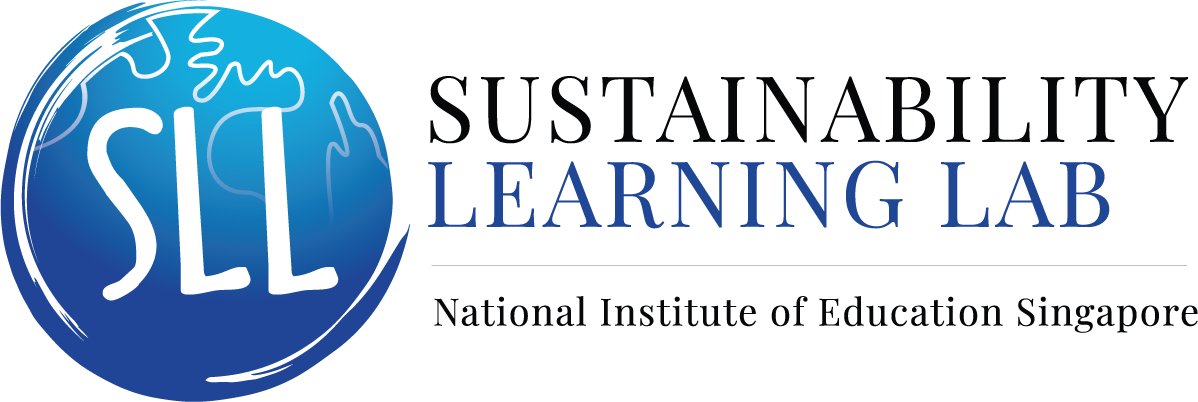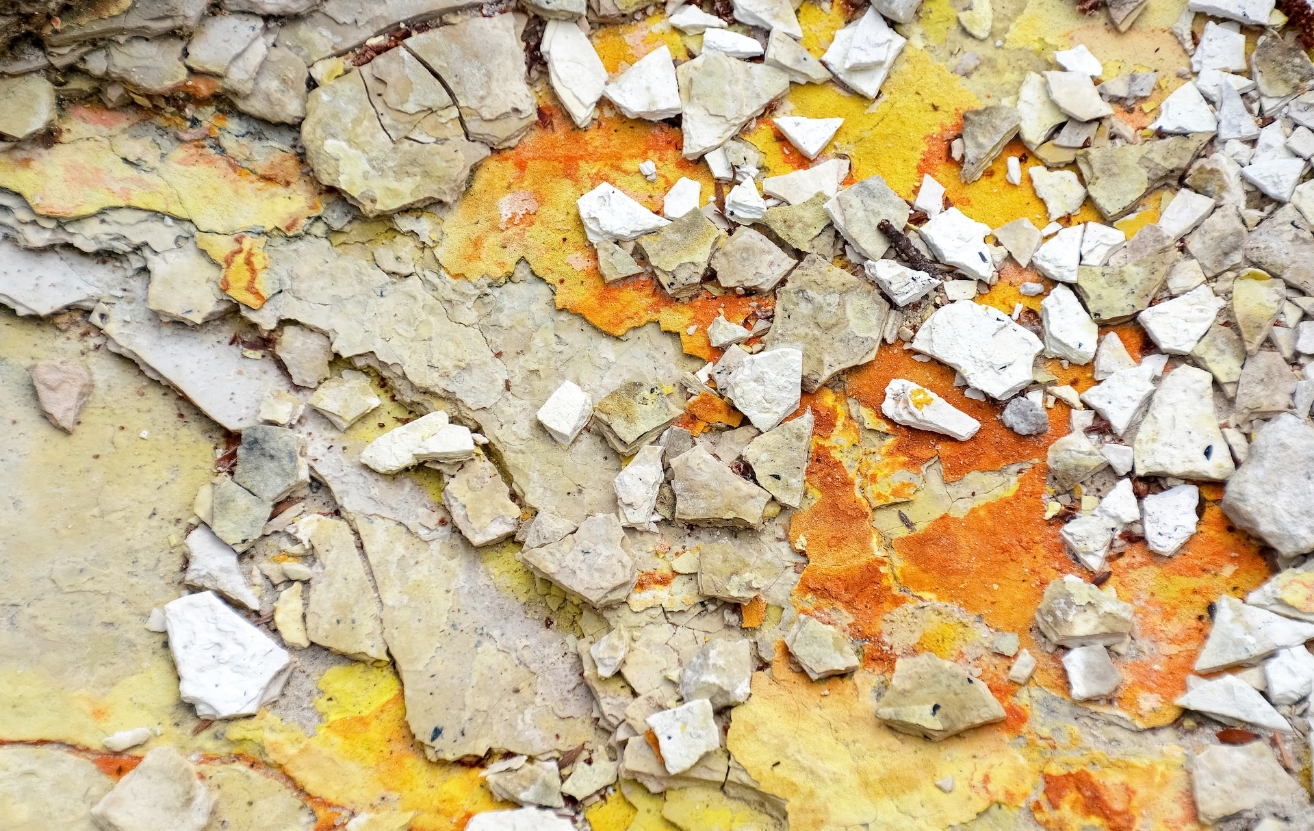The Johor River supplies the major source of water and sediment to Singapore to sustain its coastal ecosystems. The Johor River, however, is currently under serious environmental pressures due to increasing human impacts without proper basin management. This could potentially be a concern for Singapore in terms of water security, coastal ecosystem sustainability, and food security. This project, thus, seeks to improve our understanding of the current environmental vulnerability in the Johor River (especially in terms of water quality and sediment), so that we can effectively deal with the potential pollution incidences in Singapore arising from the Johor River.
This project aims to:
- Map the Johor River plumes around Singapore through integrated remote sensing (data coverage: 1984-2019) and field surveys.
- Identify the hotspots of sedimentation around the Johor River Strait and Singapore Strait.
- Measure the total suspended solid concentration and fluxes within/outside of the Johor River plumes.
- Measure the concentration of metals (e.g., Pb, Cd, Cu, etc.) in the dissolved and particulate phases within/outside the Johor River plume. Measure the concentration of metals (e.g., Pb, Cd, Cu, etc.) in the pore water from the bed sediment from the four selected sites based on remote sensing results, including one high sedimentation site; one median sedimentation site; one low sedimentation site and Kusu (located in the Singapore Strait, for comparison).
- Estimate the fluxes of the metals at bottom sediments through the sediment concentration gradient.



